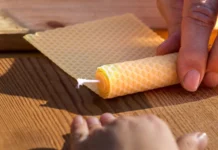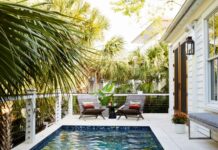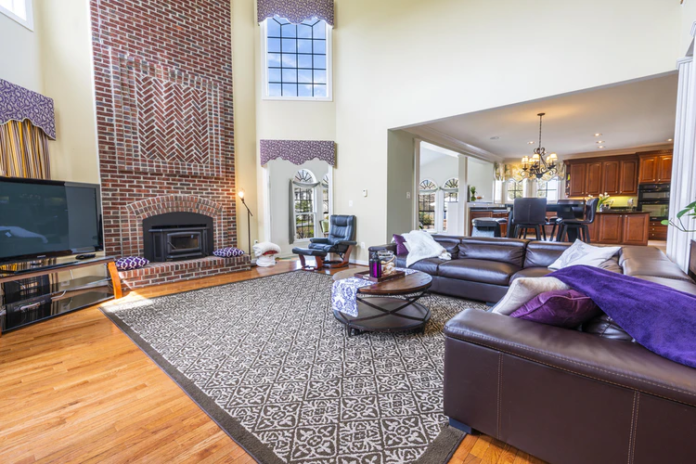
Exterior refers to the outside surfaces, and the interior includes surfaces that lie within the limits of a structure. The interior and exterior design encompasses not only the architectural structure. It also covers furniture, floors, paintwork, and decorative items suitable for indoor or outdoor use.
When your architect designs interiors and exteriors for your home, he must meet a complex set of needs. Both areas have their own challenges, but must be designed to contribute to their respective strengths and objectives. For instance, interior tiles have features that are different from the exterior cladding. Here are a few good options for your living room.
Interior and Exterior Design: Differing Materials Need
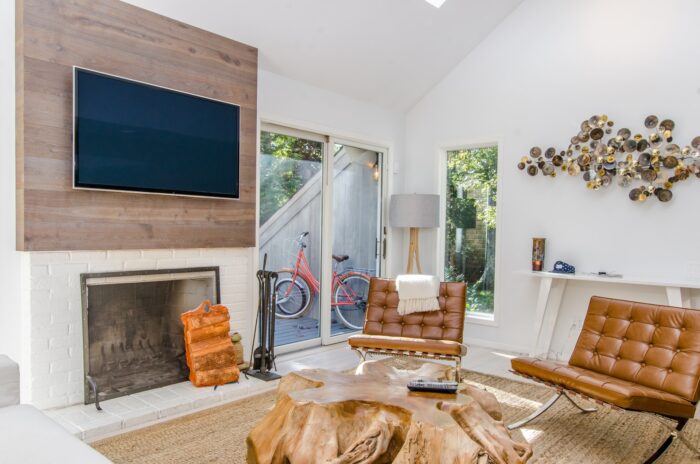
The exterior design includes the design of a garden, terrace, or patio. In contrast, interior design involves everything inside a house or structure, such as bedrooms, bathrooms, or kitchen. Proper fabrics are an essential factor to consider in exterior decoration. At the same time, furniture placement is a crucial factor to consider in interior decoration. When considering the difference in materials needed for interior and exterior design, the most important things are doors, paints, and floors.
Doors
Exterior doors are generally made of solid materials such as steel, wood, or fiberglass to provide security and weather resistance. These doors may include front doors as well as rear doors, sliding glass doors, French doors, or patio doors. They are available in different styles and sizes. Interior doors, on the other hand, are mainly there to prevent noise and ensure privacy, especially in the bedroom and bathroom. Interior doors are generally made of medium-density fibreboard or composite wood. These doors can include roll-up doors, folding doors, French doors, swinging cafe doors or retractable doors.
Paints
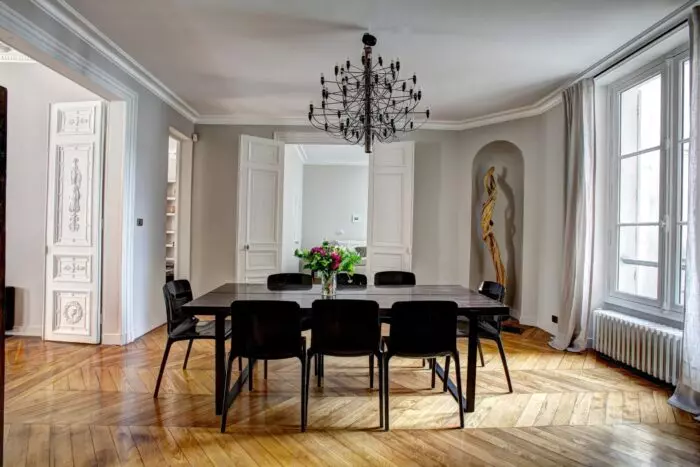
The exterior paint is alkyd or latex and is available in flat, low-gloss, semi-gloss, and gloss finishes. Interior paint is generally water-based latex and is available in a variety of finishes, the most common being flat, low gloss, and semi-gloss. Flat finishes hide imperfections and are best used in rooms that are not used often because they are more difficult to clean.
Low gloss paints, also known as eggshells or satin, have a slight gloss and are not good at masking blemishes. A semi-gloss resists light washing, making these paints ideal for kitchen and bathroom walls and for exterior finishes and homework. Gloss is the hardest finish and is best used on door frames, window frames, shutters, and other finishing work.
Floors
Tile floorings and wood-look tiles are now a popular choice for both interior and exterior design. Although durable, interior tiles are not made to handle things like frost and direct sunlight. On the other hand, outdoor tiles can treat these conditions and more. Exterior tiles should have a textured surface to help them resist slipping. Some unique exterior tiles have a slightly grainy surface, which provides excellent traction if the surface is wet. Non-slip tiles will collect more dirt and will naturally require more regular maintenance. Since exterior tiles must withstand conditions such as weather and temperature, they must be able to resist wear and make them more robust. They also have a stronger glaze than the interior tiles. Exterior tiles must be frost resistant and unglazed to withstand repeated winter freeze/thaw cycles without cracking.
Choosing Materials for Mastering both Interior and Exterior Design
Symbolism
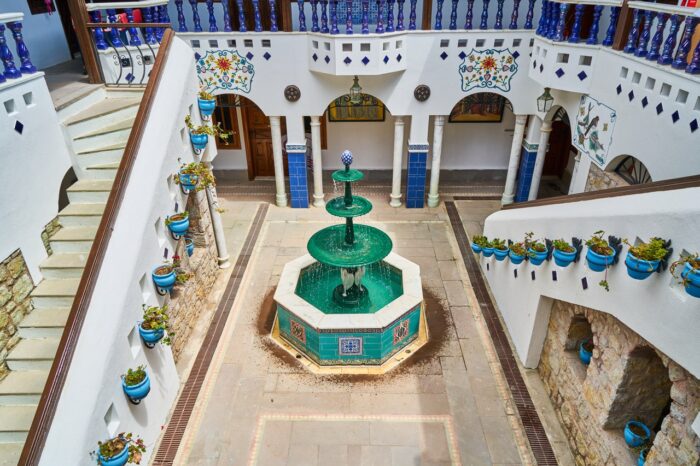
Special materials have specific connotations in religions and cultures. Terms such as eternal or fleeting, natural or artificial, austere or opulent, describe some of these links. We often denote the enduring qualities of stone or the fleeting nature of paper or glass. Sometimes, the material accompanying a desired symbolic expression is not available or is too expensive. So, other materials are substituted to reproduce this material and achieve the desired effect.
Climate
Climate is another crucial factor to consider when selecting materials and assemblies. Too often, we see buildings that have neglected local environmental conditions, either by replicating the same prototype from Alaska to Arizona or by designing a site-specific building that ignores weather issues. The result is a defective building.
Aesthetic Conditions
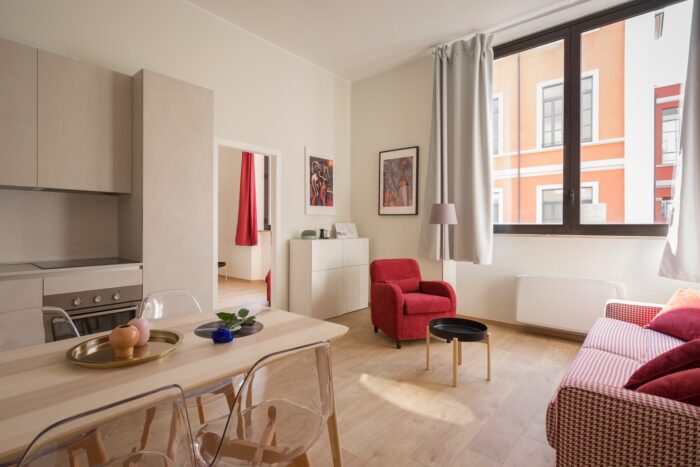
The materials must also be compatible with specific aesthetic conditions. For example, a residential adobe construction with a flat roof from the southwest would not be well exported to New England, where the widespread use of wooden frames, tile siding, and sloping roofs is appropriate for plan.
Durability
Material options are often legally limited by the type and size of the building to protect public health, safety, and well-being. For example, an isolated single-family home has far fewer boundaries than a high-rise office building or a federal courthouse, which hundreds of residents must abandon in an emergency. So, materials must be durable enough.
Strength
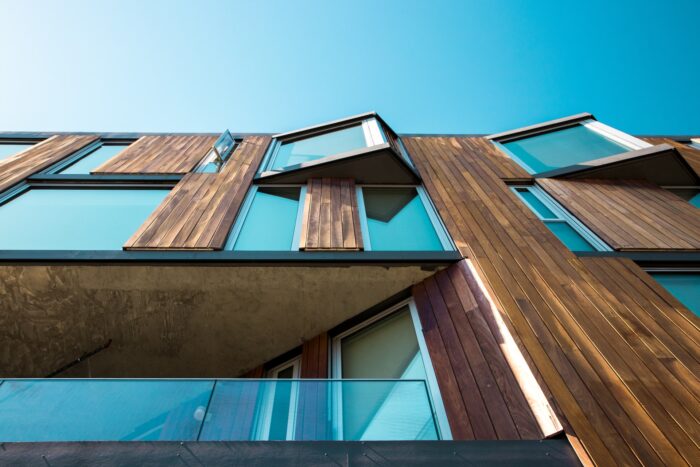
Material strength quantifies the resistance to compression, stress, and other types of load on a given material. For example, masonry works more effectively as a filler or compression material, while steel is a more suitable option for higher expansion and stress requirements.
Thickness
After making an initial selection of materials, the dimensional thickness of each material should be based on the requirements of durability, strength, and aesthetic considerations.
Texture
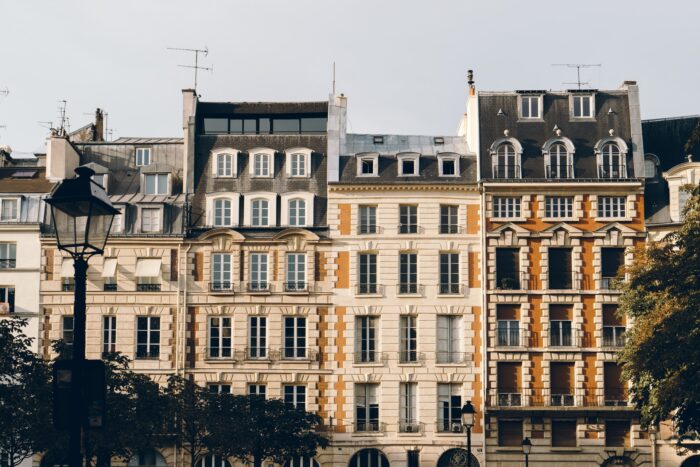
Many materials can be finished with different textures, either during off-site production or when finishing materials on site. Smooth to rough, quiet to hard, and a range of surface finishes is possible.
Color
The choice of a construction color palette must take into account the surrounding context as well as the exterior and interior lighting qualities under which the colors will be seen. The cold diffused light from Seattle will make the colors very different from the warm and bright Phoenix light. The colors can be absorbing or reflective, hot or cold, while the palette can be monochromatic or polychromatic.

